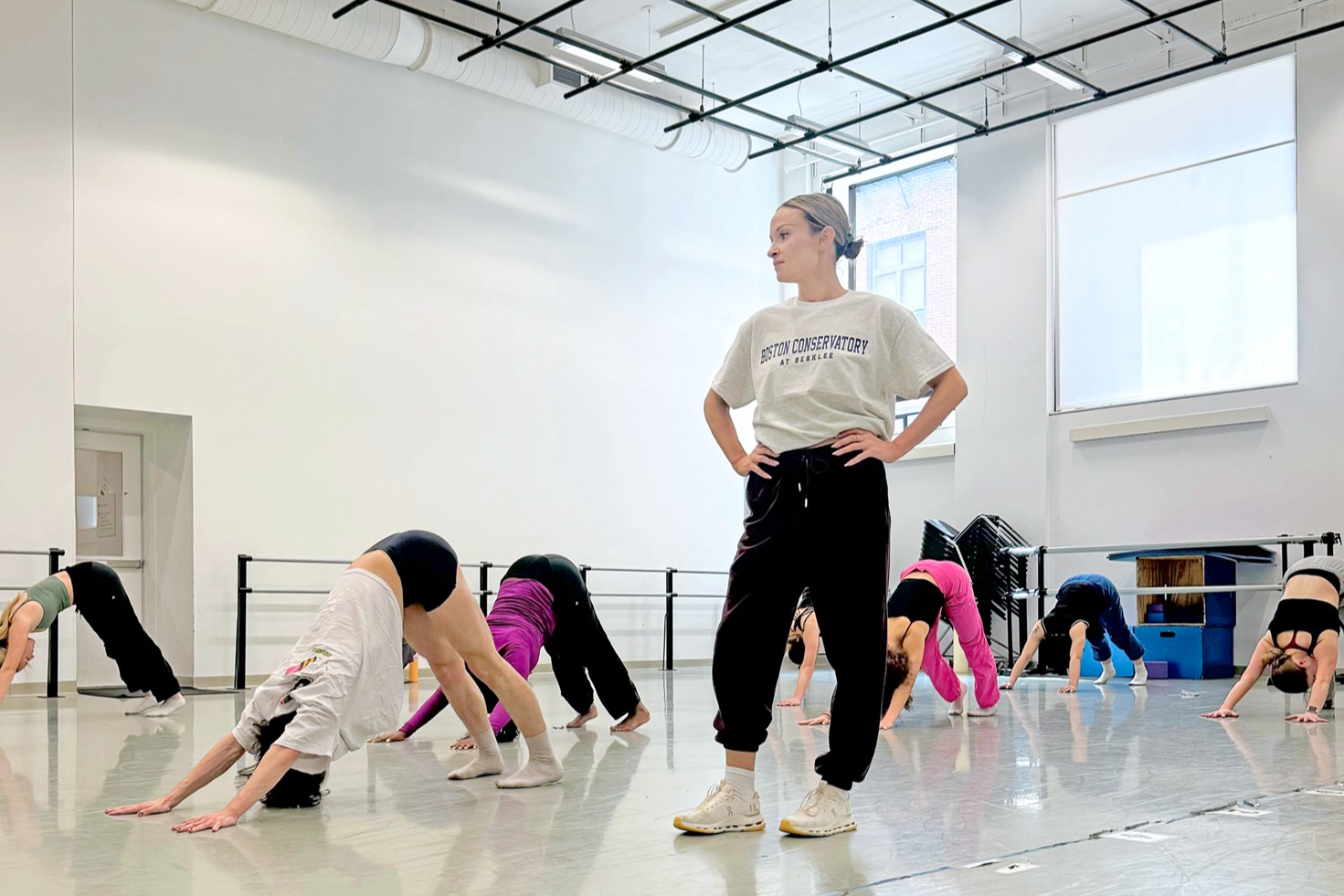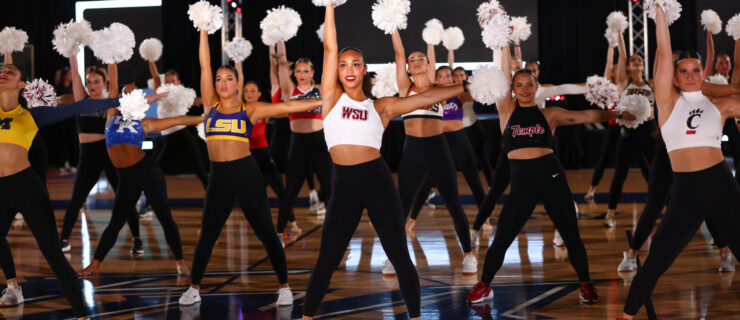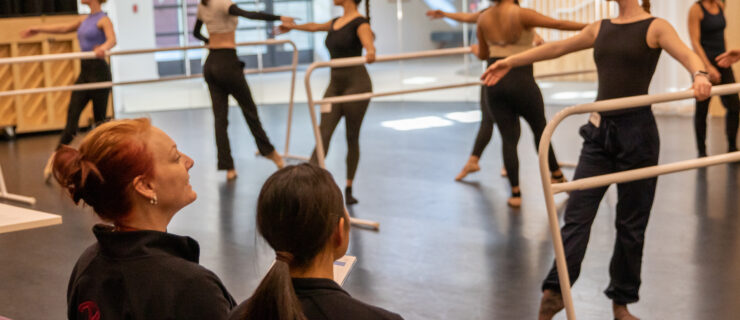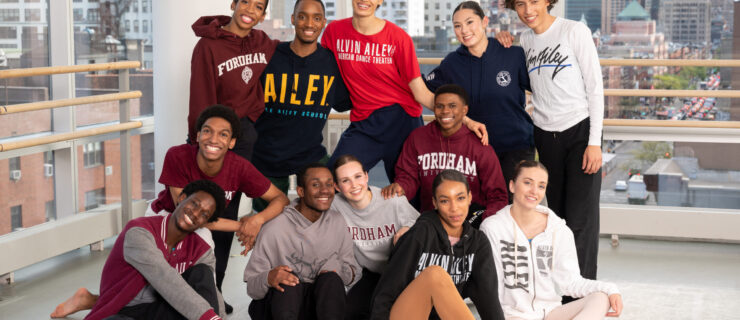How to Effectively Repurpose a Competition Solo for College Auditions
College dance auditions often require students to present a short solo. While this solo can be an ideal way for competitive dancers to show their skills, a college audition room isn’t the same environment as a competition stage. How can dancers repurpose competition solos effectively?
It starts by knowing your audience. “You have to research the program you’re auditioning for,” says Lindsey Klein, an associate professor of dance at Boston Conservatory at Berklee who also teaches at Patti Eisenhauer Dance Center in Franklin, Massachusetts. “The material you present needs to align with the training at the school.” Consider what technique styles the department offers, as well as where faculty members have danced—and then get to work adapting your solo to match.
Picking a Piece
Jenny Hogan, director of Brava Dance Center, which has locations in Rye and Port Chester, New York, says her students generally choose a competition solo from their junior year for college auditions. “That makes it a piece they’re very comfortable with,” she explains. An exception to that rule might be if a dancer’s senior-year solo highlights something particularly special, or if they’ve grown dramatically since the earlier piece was choreographed.
Whether you opt for tried-and-true or something new, the solo should be one that makes you feel your best. “You want to represent your strengths as a performer, mover, and artist,” says Amanda Kay White, an assistant professor of dance at Chapman University in Orange, California. “We can tell which students feel a sense of ownership over their movement. It’s engaging to witness that control and confidence.”

Making It Fit
Most schools ask students to perform a 60- to 90-second solo. Meanwhile, many competition solos are at least two and a half minutes long. Instead of simply chopping off the beginning or end of the piece, “try to create a condensed version of the whole,” says Klein. “Get rid of repetition and variations. Shave down transitions. Sometimes we’ll see a lot of in-between steps, but not enough meat and potatoes. In 90 seconds, you don’t have the luxury of a slow build.”
As you trim the choreography, you’ll likely need to trim the music to match. Keep those edits as clean as possible. One quality college dance programs look for in an applicant is musicality, and if the music flows, the movement can too. If you can’t cut the music cleanly—or if you worry that the current song might lead to the solo being taken less seriously—it might make more sense to choose an entirely different score.
Enhancing What’s There
Repurposing a solo isn’t only a matter of cutting. You may also want to add material. Think about whether the piece shows your full range of skills—but avoid the temptation to insert every trick you know. Your technique will be on display during the class portion of the audition. The solo offers a chance to show your artistry, versatility, and individuality.
Try to demonstrate dynamic range. “A lot of competitive solos home in on one movement vocabulary and do it really well,” says White. “Is there a place where you could add the opposite energy? For instance, if you’ve got a fluid contemporary solo, can you insert some tight, quick, bound movement, as a contrast?” White also recommends considering how you utilize the space. “Competition solos can be very performative, which can translate to frontal and downstage,” she says. “Being able to use every quadrant of the room lets us know that you’re thinking about space in a different way.”
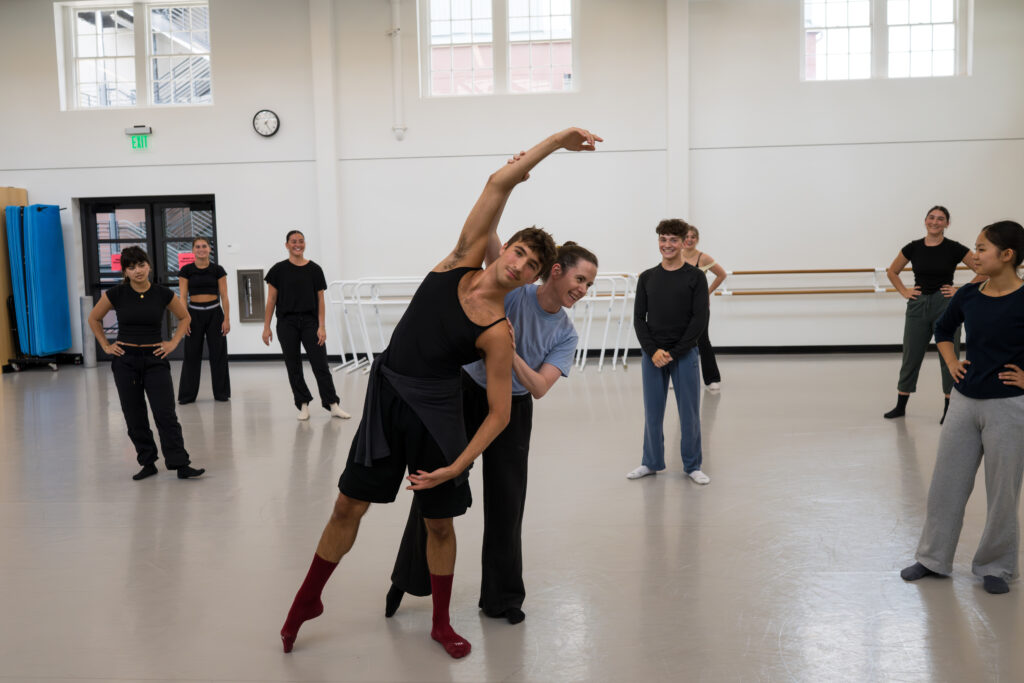
Putting Your Best Foot Forward
In Hogan’s experience, it rarely takes more than a few extra one-on-one rehearsals to prepare and polish the new version of the piece. Try not to get hung up on perfect execution. Instead, work with your teachers on making the movement your own. “What’s most important is to show who you are as a dancer,” Hogan says. “Everyone who’s applying to these programs is talented. What else do you bring to the table?”
“Enter the room as a unique mover, rather than trying to fit a certain mold,” White says. “Show us the type of artist you are—and the type you want to be.” If you accomplish that, the audition solo will have done its job.
Video Submissions
If a school accepts auditions by video, follow the instructions to the letter. Check for requirements about attire, background, and camera angles, as well as time limits and what should be shown. In certain cases, such as a pre-screening before an invited in-person audition, you may be able to submit a recording from an actual competition—but before you press “Send,” take a moment to assess whether that video presents you as you want to be seen. “The glitz and glamour of a competition solo might not work for whoever is reviewing those videos,” Lindsey Klein says. “That’s why you have to do your homework.”
